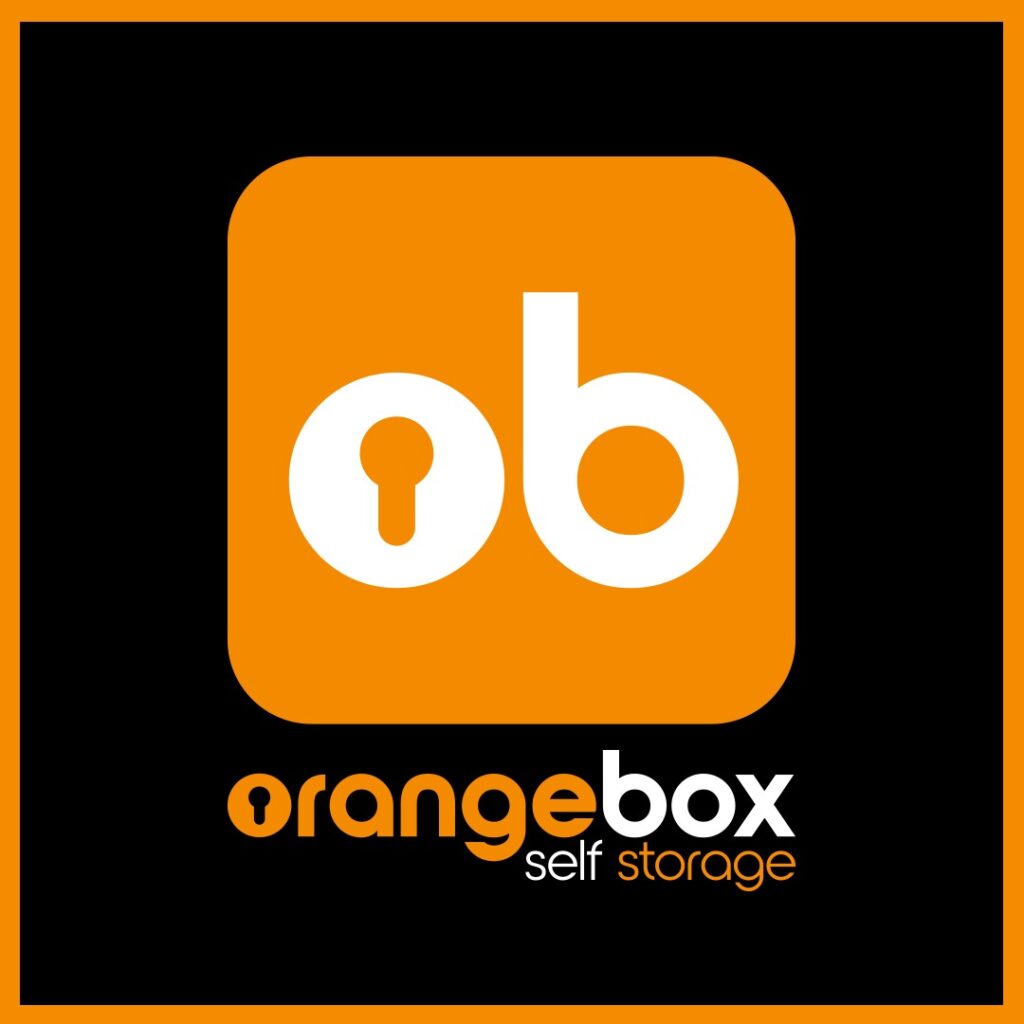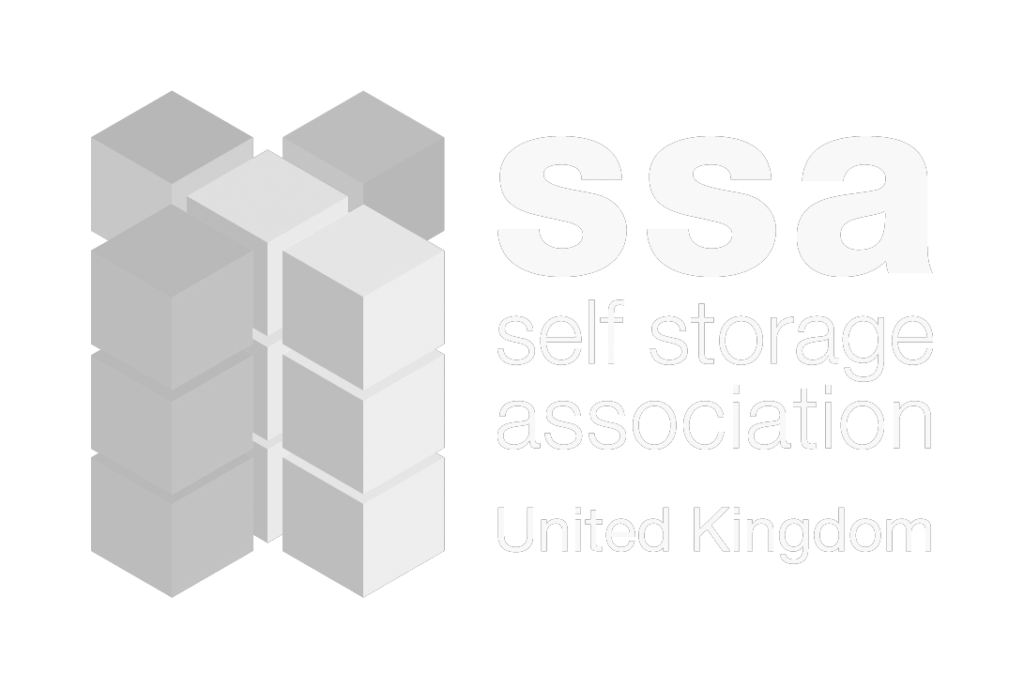Free up space, save money, and stay organised with offsite storage. Businesses often deal with cluttered offices, high storage costs, and compliance challenges. Offsite storage offers a simple solution: securely store non-essential items elsewhere while keeping them accessible. Here’s what you gain:
- More Office Space: Move rarely used items offsite to avoid costly expansions.
- Cost Savings: Offsite storage can cut storage expenses by up to 50%.
- Regulatory Compliance: Store documents securely to meet GDPR and data protection laws.
- Enhanced Security: Facilities feature 24/7 surveillance, access control, and fire suppression.
Whether you’re storing seasonal inventory, archived files, or surplus furniture, offsite storage keeps your workspace efficient and your items safe. Use tools like storage calculators to estimate your needs and choose the right unit size. Ready to declutter and optimise your operations? Start planning today.
Common Business Problems Solved by Offsite Storage
Making the Most of Office Space
In cities like Nottingham, Long Eaton, Derby, and Beeston, the average office space per employee has shrunk from 225 to 150 square feet since 2010. Offsite storage offers a smart solution by allowing businesses to store non-essential items externally. This helps avoid the expense of expanding office space while still keeping those items within reach. Our storage services are designed to simplify this process.
Better Stock Management
Offsite storage facilities are equipped with temperature and humidity controls, making them ideal for preserving sensitive or seasonal inventory.
Here are some key advantages of managing stock offsite:
- Flexible Space: Adjust storage capacity to match seasonal fluctuations.
- Enhanced Security: Benefit from 24/7 CCTV monitoring and secure PIN-code access.
- Organised Inventory: Use dedicated storage areas for a structured and systematic stock setup.
Take Instyle Ascot, for example – a preloved clothing business that scaled its operations by using self-storage units to manage inventory. Their success story highlights how Business Storage in Long Eaton can help growing businesses thrive.
Meeting UK Storage Requirements
Offsite storage isn’t just about convenience; it’s also a way to comply with strict UK regulations on data protection and document storage. Many businesses are turning to this solution for both space-saving and compliance needs.
"If you are expanding your business but not looking to upgrade or relocate your office, consider investing in offsite document storage as a financially friendly solution to your space saving needs. Offsite document storage is an ideal way to maximise the space you already have. Storing your records offsite allows you to free up room in the workspace without having to discard important documentation." – Anthony Pearlgood, Managing Director, U.K. based document management service
To stay compliant, businesses should:
- Develop clear data retention policies.
- Perform regular audits and maintain accurate records.
- Train employees on proper document handling practices.
With 162 countries enforcing data privacy laws, including the UK’s stringent GDPR requirements, managing storage effectively has become critical for businesses. Our secure storage solutions are designed to help businesses meet these standards while keeping their operations running smoothly.
Setting Up Your Offsite Storage Plan
Calculate Your Storage Space
Start by figuring out how much storage space you need. Multiply the length, width, and height of each item to get its total volume. Make a complete list of everything you plan to store, including furniture, equipment, and other inventory.
Here’s a quick guide to common storage unit sizes and their typical uses:
- 35 sq ft: Perfect for small business inventory.
- 70 sq ft: Ideal for medium-sized operations.
- 105 sq ft: Suitable for larger business storage needs.
For items with unusual shapes, estimate their size by imagining them within a rectangular box. If you’re unsure, try using our storage calculator to pinpoint the exact unit size you’ll need.
Once you’ve calculated the space, the next step is choosing a storage option that balances security and environmental requirements.
Pick the Right Storage Type
Your storage choice should prioritise both safety and the right conditions for your items. Look for facilities offering strong security measures and environmental controls.
Key security features to look for:
- 24/7 CCTV monitoring
- PIN-code controlled access
- Perimeter security systems
- On-site trained staff
Environmental controls to consider:
- Temperature-regulated units for delicate items
- Humidity control to protect documents
- Fire suppression systems
- Pest control to safeguard stored goods
It’s wise to think not only about your current needs but also about future growth. For instance, our Business Storage in Long Eaton offers flexible solutions that can scale with your business without locking you into long-term commitments.
Create an Item Access System
A well-organised access system can save you time and headaches when retrieving stored items. Start by implementing a clear labeling system with unique identifiers for every box or item.
Your labeling system should include:
- Categories for easy grouping
- Retention periods to track how long items need to be kept
- Location markers for quick identification
- A digital inventory tracker for seamless management
"Records and information are the lifeblood of any organisation. Safe and secure document storage is critical to compliance and business continuity." – Iron Mountain
Additionally, prioritise inventory access by classifying items based on their value:
- A-items: High-value inventory (80% of total value)
- B-items: Moderate-value stock (15% of total value)
- C-items: Lower-value goods (5% of total value)
Perform regular audits to ensure your system remains efficient and to spot areas for improvement. A little maintenance goes a long way in keeping things running smoothly.
Getting More from Your Storage Space
Clear Your Workspace
A cluttered workspace can drag down productivity and add unnecessary stress. By relocating non-essential items, you can create a more efficient and focused environment.
Here are some examples of items you might move:
- Seasonal decorations or equipment
- Old or archived files
- Extra or unused furniture
- Surplus inventory
- Marketing materials
Our storage solutions in Nottingham offer flexible options to help you clear out these items. Once they’re stored securely, you’ll have more room to focus on tasks that directly contribute to your business’s success.
After decluttering, it’s important to ensure your stored items are kept safe and in good condition.
Keep Your Items Safe
Modern storage facilities are designed to prioritise security and protection, giving you peace of mind.
| Feature | Benefit |
|---|---|
| 24/7 CCTV Monitoring | Continuous surveillance with recorded footage |
| Individual Unit Alarms | Immediate alerts for unauthorised access |
| Smart Access Control | Digital authentication and tracking |
For businesses with sensitive materials, our Business Storage in Long Eaton facility offers advanced security systems to protect your valuable assets.
With security taken care of, it’s time to evaluate costs to ensure you’re getting the best value.
Compare Storage Costs
Using storage effectively not only clears up your workspace but can also save money in the long run. In the UK, storage units ranging from 11 to 50 square feet average about £23.94 per square foot, so making cost comparisons is key.
Factors that influence storage costs include:
- The size of the unit you need
- Accessibility of the location
- How often you’ll need access
- Security features provided
For businesses in the Midlands, our storage calculator can help you find the most economical option. For instance, a 50-square-foot unit costs around £1,200 annually (about £100 monthly), which is often far more affordable than expanding office space.
sbb-itb-6689830
Conclusion: Next Steps for Offsite Storage
Looking to streamline your operations? Offsite storage could be the solution you need. Start with Business Storage in Long Eaton and follow these practical steps to ensure a smooth transition.
Begin by conducting a detailed inventory review. Separate items into two categories: those you need frequent access to and those better suited for offsite storage. This will help you choose the right storage unit size and avoid unnecessary expenses.
Next, establish clear protocols for managing your stored documents. A well-organised system can save time and reduce headaches. Focus on creating an indexing system that covers:
- Categories of documents and how long they need to be kept
- Access permissions for your team members
- Procedures for retrieving items and expected timelines
- Regular schedules to review and update stored materials
Choose a facility with advanced security measures, such as:
| Security Feature | Business Benefit |
|---|---|
| 24/7 CCTV Monitoring | Continuous surveillance and recorded footage |
| Individual Unit Alarms | Instant alerts for unauthorised access |
| Digital Access Control | Trackable entry and exit logs |
| Fire Protection Systems | Extra protection against potential disasters |
Finally, consult with our storage specialists to find a solution that fits your business needs and budget. Ready to take the next step? Use our storage calculator today to find the ideal setup for your business.
FAQs
How do I choose the right size offsite storage unit for my business?
Choosing the Right Size Offsite Storage Unit for Your Business
Picking the right offsite storage unit starts with understanding exactly what you need to store. Start by making a detailed inventory of your items, including any large furniture or equipment, and estimate how much space they’ll take up. Pay close attention to the dimensions of bulkier pieces to ensure they’ll fit easily.
Most storage facilities provide size guides to simplify your decision. For example, a 10×10 unit works well for storing furniture and supplies from a small office, while a 10×20 unit can accommodate larger inventories or equipment. It’s also smart to think ahead – choosing a slightly bigger unit now can save you the trouble of upgrading as your needs grow.
Still not sure? Reach out to the storage facility for advice tailored to your specific requirements.
What security features should I look for in an offsite storage facility?
When selecting an offsite storage facility, keeping your belongings safe should be a top priority. Look for places that offer 24/7 video surveillance to keep a constant watch over the property and electronic gate access to ensure only approved individuals can enter. Having on-site staff is another plus, as it adds an extra layer of security and provides help when needed.
Other important features to check for include bright lighting to discourage any unwanted activity, secure perimeter fencing, and intrusion detection systems. Together, these elements create a secure environment, giving you confidence that your items are well-protected.
How can offsite storage help businesses comply with data protection laws like GDPR?
Offsite storage plays an important role in helping businesses meet data protection laws like GDPR by offering a secure and dependable way to store sensitive information. Many professional storage services include key security features such as encryption, restricted access, and continuous monitoring. These measures are critical for protecting personal data and reducing the chances of a breach.
Moreover, offsite storage facilities are built to comply with strict legal standards, ensuring that data is stored in line with regulatory requirements. This not only helps businesses show their dedication to safeguarding data but also minimises the risk of fines or penalties for falling short of compliance. Opting for offsite storage can streamline data management while keeping you on track with legal obligations.



